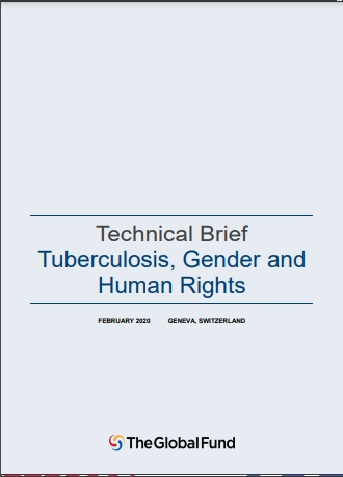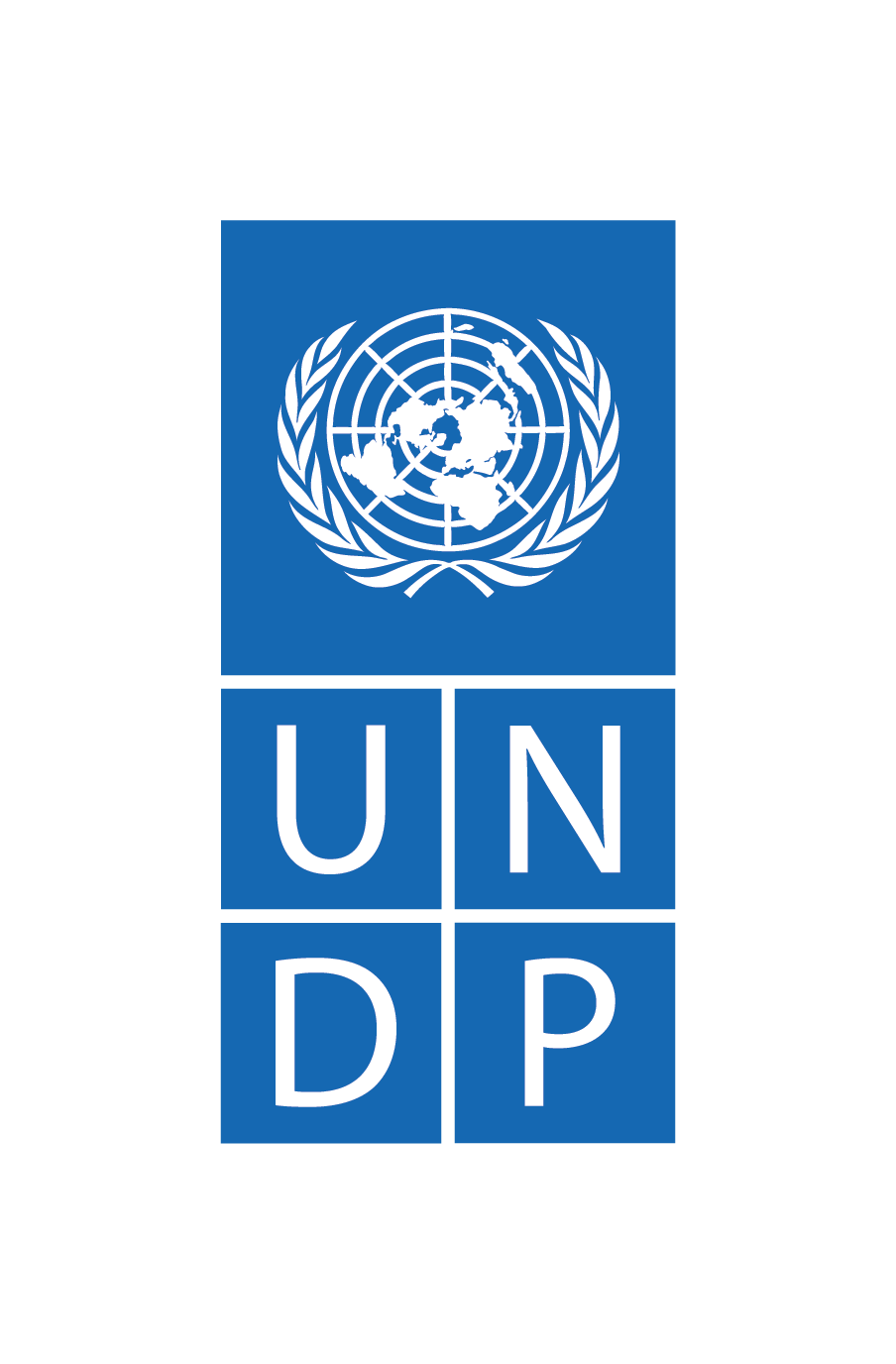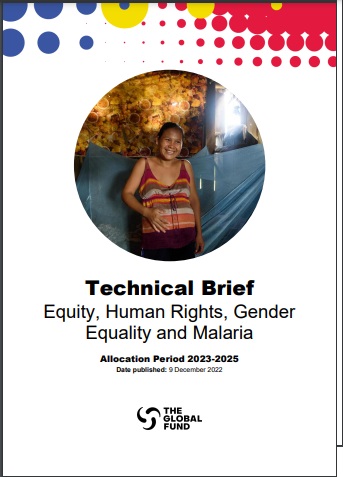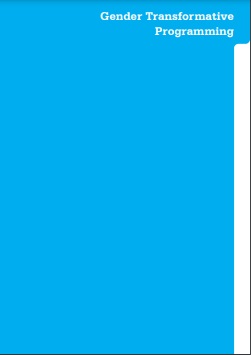Promoting gender equality in HIV and other health services
Overview
Gender equality is essential to achieving health and well-being for all, accelerate progress towards the health-related Sustainable Development Goal (SDG) targets and ensuring that no one is left behind. Gender refers to the characteristics of women, men, girls, and boys that are socially constructed. Gender affects health and wellbeing, influencing both the behaviours of individuals (what risks they take with their health, what risks they face and whether or not they seek health care) and how the health system responds to their needs when they are sick or need care and support.
Gender equality in health means that all people have the right to realise their full potential to lead healthy lives and to contribute to and benefit from the results of development. In addressing gender, it is important to understand the health outcomes not just for women and girls but also men and boys, in all their diversity. For instance, although available evidence suggests that in the event of equal exposure, adult men and women are equally vulnerable to malaria infection, pregnant women are at greater risk of developing severe malaria in most endemic areas because of their decreased immunity. Pregnant adolescents are at greater risk of severe malaria than women above the age of 19 years. Women and girls account for 49 per cent of new HIV infections worldwide and 63 per cent of new infections in sub-Saharan Africa. AIDS remains one of the leading causes of death for women aged 15–49 years globally. Meanwhile, men are less likely to access HIV treatment and more likely to die of AIDS-related illnesses. Gender-based violence and violence against key populations constitute a major vulnerability to HIV infection and they are a major barrier to HIV and other health services. In 2021, men and boys accounted for almost 56 per cent of tuberculosis (TB) cases. Men are less likely to have their TB detected and reported than women, and men account for 54 per cent of TB deaths among HIV-negative people.
Commitments
The Global Fund Strategy 2023 – 2028 commits the Global Fund to:
- scaling up programmes to support women and girls, including programs to advance sexual and reproductive health and rights.
- investing to reduce health inequities, including gender-and age-related disparities.
- supporting the meaningful engagement of key and vulnerable populations and networks in processes related to the Global Fund to Fight AIDS, Tuberculosis and Malaria.
The 2021 Political Declaration on HIV and AIDS: Ending inequalities and getting on track to end AIDS by 2030 and the Global AIDS Strategy 2021 – 2026 commit stakeholders to prioritizing action related to:
- scaling up financing and implementation of gender-transformative, community-led innovations to remove social and structural barriers that block gender equality.
- preventing and responding to gender-based violence and violence towards key populations in the context of HIV.
- prioritizing people who are left behind because of their gender, age, sexual orientation, gender identity or occupation.
The 2018 UN Political Declaration on the fight against Tuberculosis includes a commitment to taking concrete action to “end TB stigma and all forms of discrimination, and developing integrated, people-centred, community-based and gender-responsive health services”.
UNDP approach
- UNDP scales up rights-based solutions to improve access to HIV and health services for women and girls, key populations at risk of HIV and other excluded groups and aims to eliminate sexual and gender-based violence.
- It integrates programming for gender, human rights, key populations and other excluded groups in the Global Fund policies and programmes.
- It supports gender equality in national HIV and other health programmes, including by engaging men and boys in gender equality.
Examples
- In Mozambique, a legal review and engagement with parliamentarians led to the removal of a penal code provision that allowed rapists to avoid criminal proceedings if they married their victims. This change to the law increased women’s protection against both sexual violence and HIV infection.
- In the Democratic Republic of the Congo, an amendment to the Child Protection Act ensures that the age of consent for access to sexual and reproductive health and HIV services is equal or less than the age of consent for sexual relations. Furthermore, the requirement that women obtain spousal permission to work was removed from the Family Code.
- In Eswatini, the government passed a comprehensive law on sexual offenses and domestic violence. Among other provisions, the new law criminalizes rape in marriage, bolsters domestic violence courts, creates new means of reporting sexual offenses, and makes rape gender neutral.
Case study: Training health workers to protect women’s health rights
In South Sudan, in its role as Principal Recipient of Global Fund to Fight AIDs, Tuberculosis and Malaria (Global Fund) grants, UNDP supports a program to train health care workers to respond to gender-based violence (GBV) and refer survivors to a range of appropriate services. The provision of co-located psycho-social and legal referral services for women are a great example of the integrated service provision necessary to address GBV and HIV. In addition, the program supports several behavioural change communication initiatives aimed at preventing GBV and supporting the use of GBV services, using the popular medium of radio. These messages are translated into multiple languages, including those spoken by internally displaced populations, and are aimed at removing the stigma and gender inequality that drives the HIV epidemic and often prevents survivors of GBV from accessing key HIV-related prevention services.
Key resources

Technical brief: Tuberculosis, Gender and Human Rights
The Global Fund
PDF


Making the Law work for woman and girls in the context of HIV
United Nations Development Programme
Website

Gender Equality and HIV/AIDS
UN Women
Website





